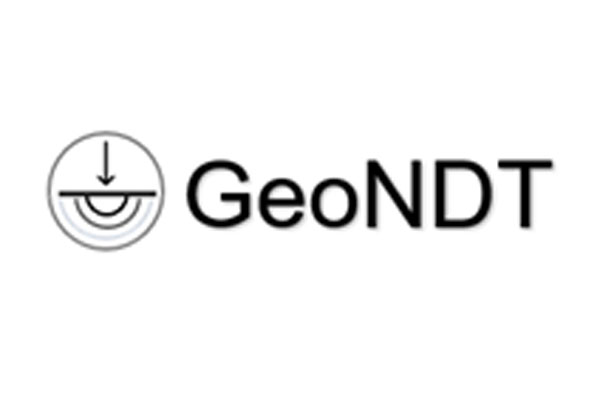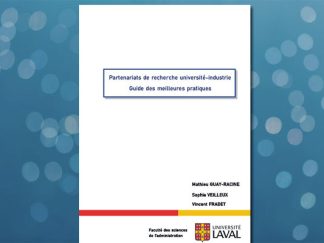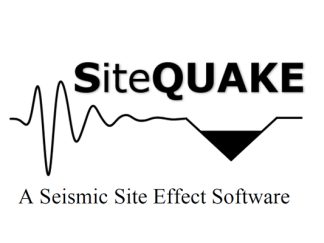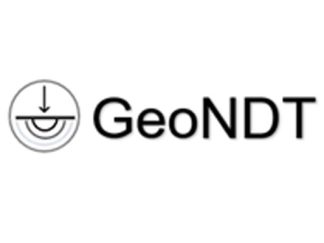Description
GeoNDT: A Physics-based Non-destructive Testing Software: Abstract
GeoNDT is a fast, physics-based, general-purpose computational tool mainly for advanced signal interpretation in geophysical laboratory non-destructive testing including the bender element (BE) and ultrasonic pulse velocity (UPV) tests, characterization of complex multiphase geomaterials, in-situ shallow seismic geophysics including the falling weight deflectometer (FWD) and multichannel analysis of surface waves (MASW) tests. The advanced physics based signal interpretation feature of GeoNDT allows the quantitative characterization of geophysical and geomechanical properties of geomaterials and multilayered geosystems independently without making any simplified assumptions as common in the current practice.
In comparison to the existing numerical methods (e.g., finite element and finite difference methods) in which the solution is obtained by discretizing the entire domain, GeoNDT is more time-efficient since the solution can be accurately obtained at any desired location without solving the entire domain. In NDT applications, the measurements are mostly only available at locations where sensors are deployed. Therefore, the discretization of the entire domain is unnecessary and significantly increases the computational time and cost.
GeoNDT also provides the computational efficiency and user-friendly environment due to the implementation using a dual layer/hybrid Python and Fortran environment, and benefits from the strengths of the two languages since:
- Fortran is a compiled language, is closer to the material architecture it is executed on, benefits from established mathematical libraries, and thus compensates for the lower computational performance interpreted languages such as Python may experience under CPU intensive tasks
- Python is a user-friendly language, has a wide support online, has a rich set of high-quality scientific computational libraries and frameworks, and offers improved code reusability, faster development speed, and reduces projects costs
Objectives
The application of GeoNDT is broad from quality control, structural health monitoring of infrastructure, geophysical and geotechnical field investigations, and material characterization to detect underground anomaly, among others.
For who?
GeoNDT can be used by researchers (universities and governments), stake-holders, decision-makers and planners, hydropower agencies, consulting firms as well as construction companies that deals with engineering design and constructions.
Minimum requirements
GeoNDT software is developed for a Windows and Linux-based platform and thus, the software can be used in Microsoft Windows or Linux operating systems. A system with 64 bit Intel CPU and 4 GB RAM is technically sufficient to use and develop the software. However, systems equipped with high-speed processors and more RAM is highly recommended to reduce run time and computational cost. Developers need the gfortran and Fortran Linear Algebra Package (LAPACK) to compile the source code. Several Python libraries (e.g., Numpy, Scipy, Joblib and Matplotlib) are also required to scuesffully run the GeoNDT software.
Technical support
Please address technical support questions to:
Contact: Dr. Pooneh Maghoul
Email: pooneh.maghoul@polymtl.ca







Avis
Il n’y a pas encore d’avis.